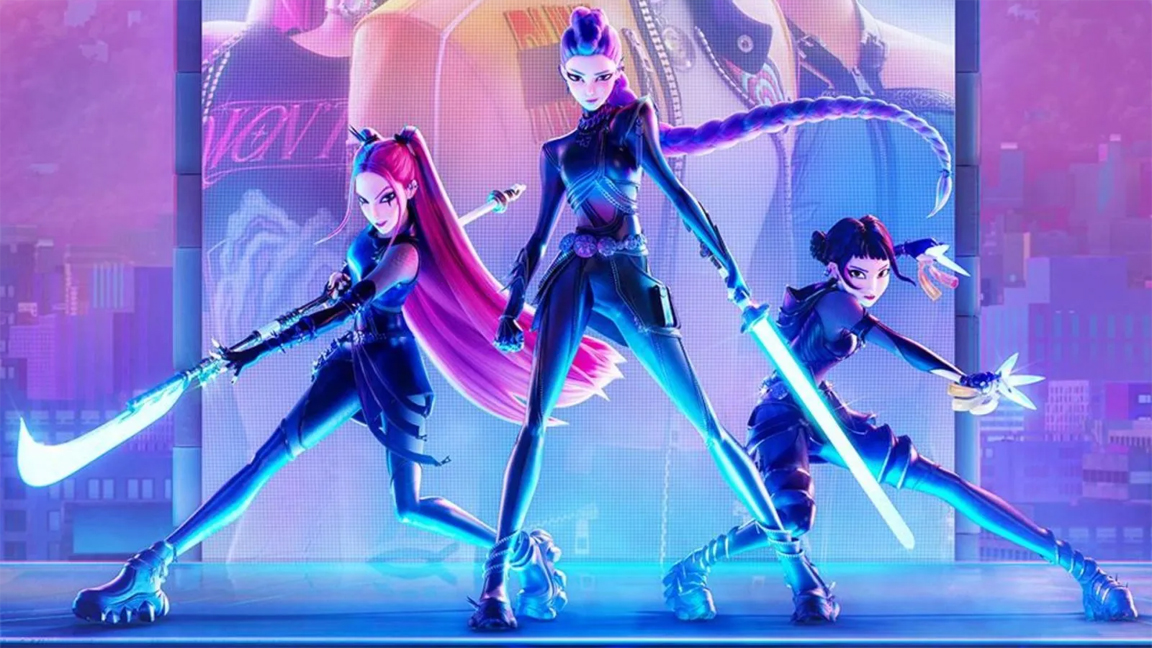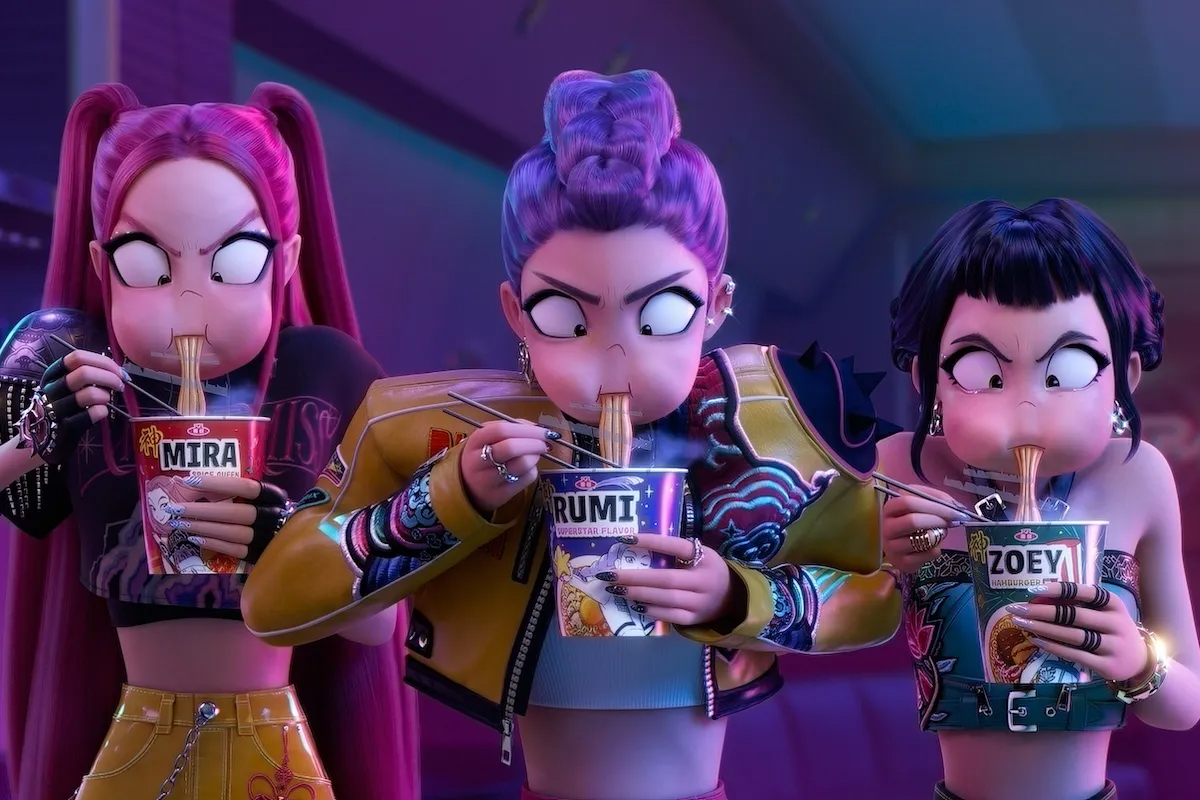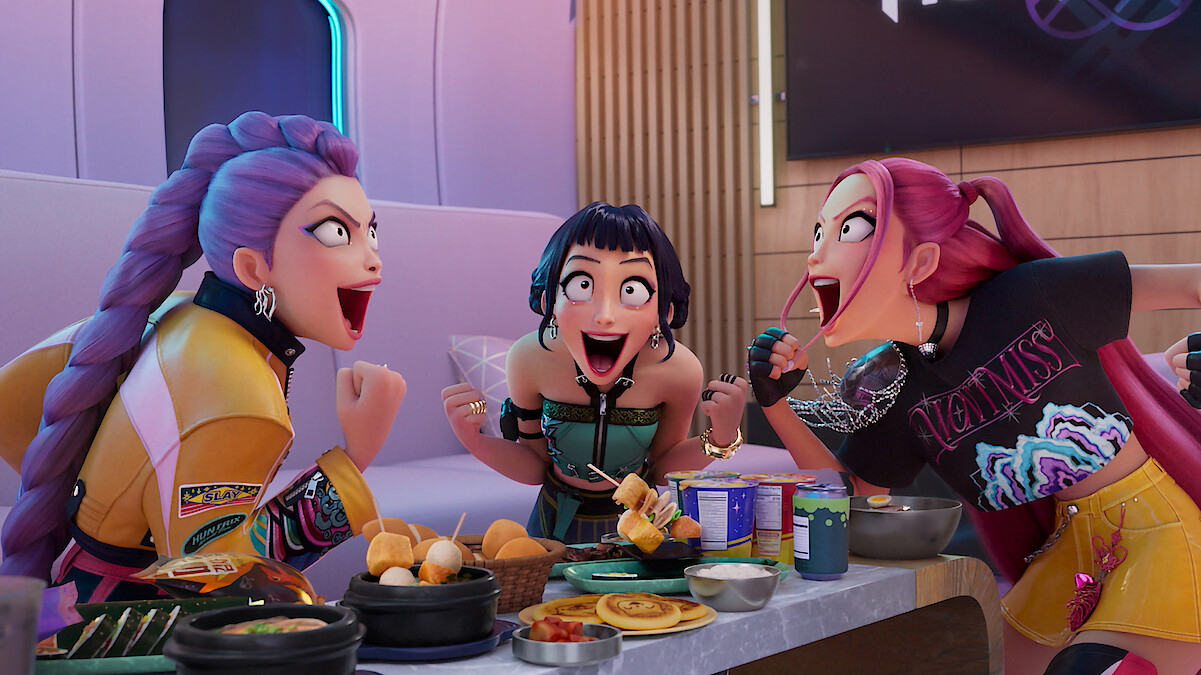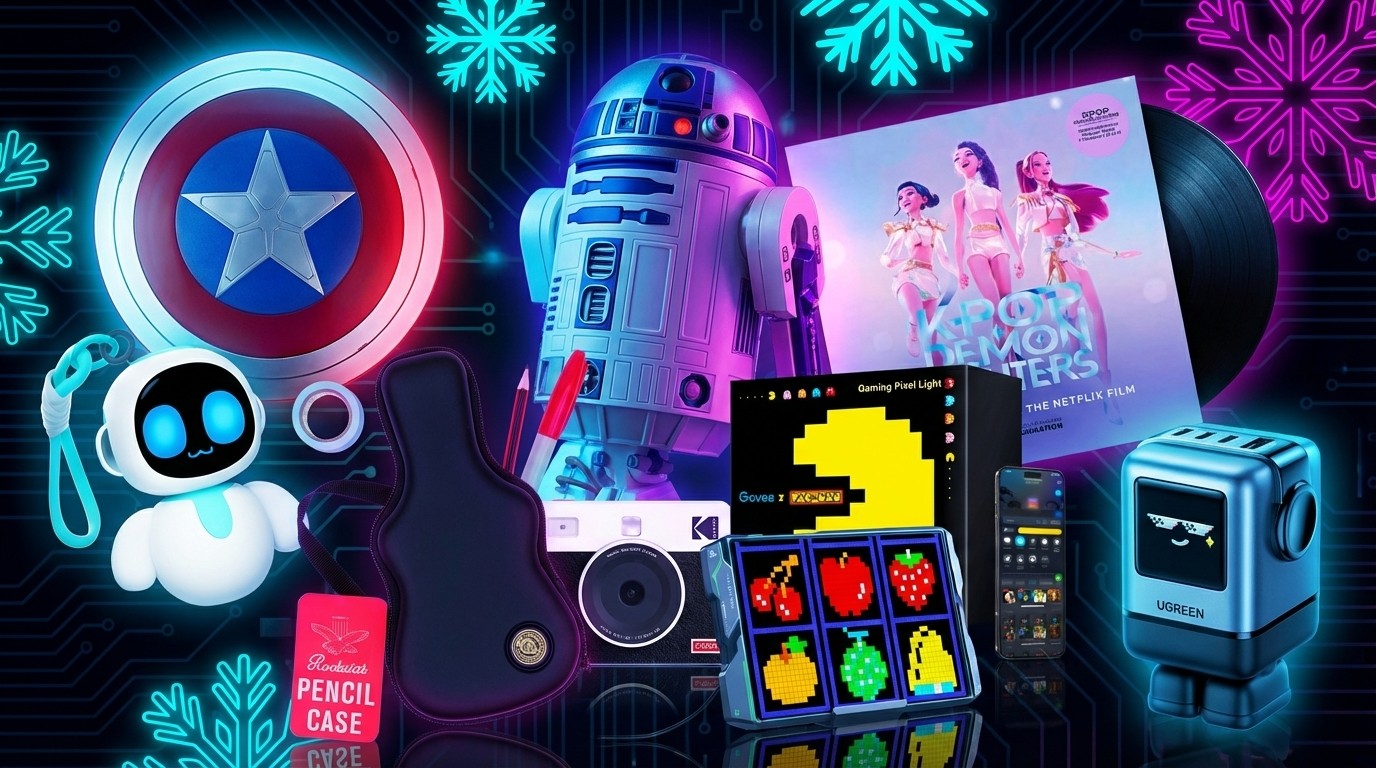K‑Pop Demon Hunters is the animation hit no one saw coming. A K‑pop girl group that slays demons by night, Buffy the Vampire Slayer meets Josie and the Pussycats with a dash of Blackpink, sounds like the stuff of late-night anime, not a global phenomenon. But K‑Pop Demon Hunters, a stylish, wildly sincere animated film, just blindsided the streaming world.
For Netflix, it may be their closest thing yet to a Frozen moment, and it’s from its most unlikely source, after plugging away with big animation projects, such as Guillermo del Toro's Pinocchio, and supporting award-winning films such as The Mitchells vs. The Machines and Nimona. The surprise is, Netflix isn’t Disney, naturally, but that’s exactly the point.
At first glance, K‑Pop Demon Hunters looked like a risky genre blender: high-gloss animation, ancient spirits, bubblegum pop bangers. But something clicked. Huntr/x, the fictional girl group at the heart of the film, felt real and layered. Moreover, their songs, particularly "Golden," charted on the Billboard Global 200 and topped Spotify. It also topped Spotify, something usually associated with Disney. The HUNTRI/X choreography spread on TikTok, and then the numbers started climbing. Slowly, organically, K‑Pop Demon Hunters took over and has become the summer hit no one saw coming, in a way only Squid Game managed before.

Style, sincerity and demons
Netflix, often criticised for feeding its animation to the algorithm and hoping the output lands, watched in real time as this oddball film became a pop-cultural phenomenon. Its success has come through audience love rather than marketing muscle and cynical audience research.
Now K‑Pop Demon Hunters is climbing Netflix’s all-time charts. Songs from the soundtrack are being covered in real life. Fan art is everywhere. Cosplay is becoming popular. You can’t plan for that kind of success and adoration.
This is where things get tricky for Netflix. Unlike Disney or DreamWorks, the streaming giant doesn’t have a central animation identity. It spreads projects across the globe, sometimes to brilliant effect, to deliver one-off releases, and its model has given us global, culturally rich animation that Disney would spend a decade trying to figure out, such as the wonderful Maya and the Three.
But what happens when something breaks through? What happens when Netflix finally has its Frozen but can’t wrangle it into a long-term franchise, something Disney is geared towards. K‑Pop Demon Hunters is now a franchise-in-waiting. According to The Wrap trilogy is in early talks, with Sony Pictures Animation back too. A short film is rumoured to be sketched out. There’s even chatter and rumours swirling about a live-action remake.
Daily design news, reviews, how-tos and more, as picked by the editors.

Can Netflix build a franchise?
Every new piece of the franchise puzzle adds risk for Netflix. A sequel needs to keep the tone tight, heartfelt without irony, stylish without looking try-hard. New creatives will get involved and, within Netflix’s model, perhaps pull the brand in directions that don’t fit. Will they understand what made the first film work
Fundamentally, can Netflix, a platform built on quick releases and diminishing trends, commit to the slow, careful build that an enduring franchise needs?
One key issue here is ownership. The film came from Sony Pictures Animation, but landed on Netflix. The music was crafted by seasoned K-pop producers, but is now part of a fictional lore.
It’s all very modern, but it’s also fragile. The creators don’t live under one roof. The vision isn’t guided by a single studio braintrust like Pixar’s or Disney’s story group, that plot and plan, cut and reimagine to create franchises like Toy Story and Moana.
If one team handles the sequel, another the short film, and a third the live-action series and movie spin-offs, who keeps it coherent? Who owns the soul and direction of HUNTRI/X?

Overcoming decentralised production
These are the same issues facing global animation today, but the flashpoint success of K‑Pop Demon Hunters is putting those big decisions under the spotlight. The audience wants consistency, but the industry, increasingly, can’t promise it.
When Disney made Frozen, the creative team knew exactly how to follow it up. Carefully, slowly, and with patience – it took Disney four years to make Frozen 2, and the tone didn’t shift or stray. Disney kept the brand on track with a series of shorts and a holiday special between movies, which could be why the rumours of K‑Pop Demon Hunters short films are gathering speed.
But Netflix doesn’t have the kind of pipeline Disney has spent decades finessing. Netflix has a hit but not yet a system to support it, and it’s a broader issue ingrained in how successful streaming services are organised. K‑Pop Demon Hunters is destined to be a modern classic, and it won’t be because Netflix planned it but because the right people – animators, writers, and musicians – got the space to make something weird and meaningful. What comes next is all on Netflix.

Ian Dean is Editor, Digital Arts & 3D at Creative Bloq, and the former editor of many leading magazines. These titles included ImagineFX, 3D World and video game titles Play and Official PlayStation Magazine. Ian launched Xbox magazine X360 and edited PlayStation World. For Creative Bloq, Ian combines his experiences to bring the latest news on digital art, VFX and video games and tech, and in his spare time he doodles in Procreate, ArtRage, and Rebelle while finding time to play Xbox and PS5.
You must confirm your public display name before commenting
Please logout and then login again, you will then be prompted to enter your display name.
